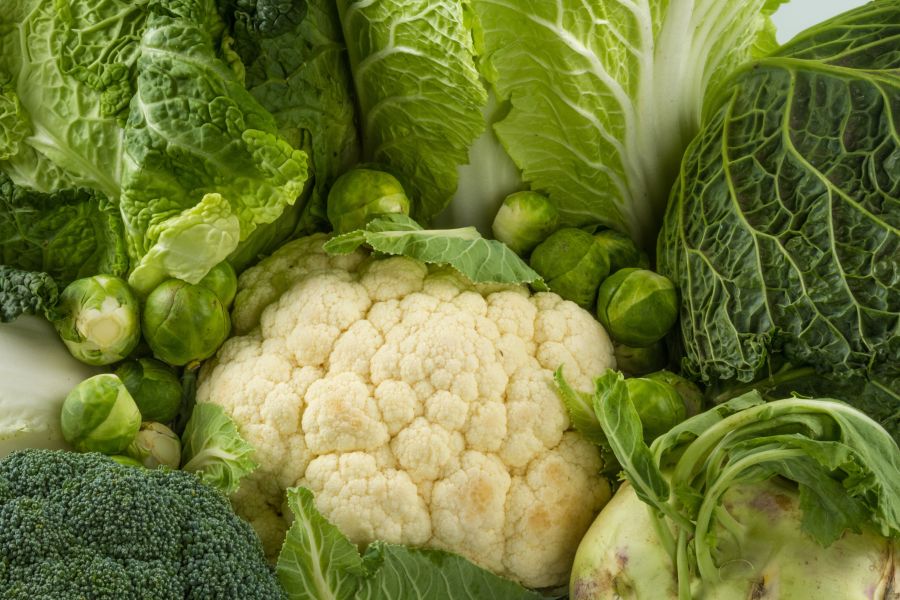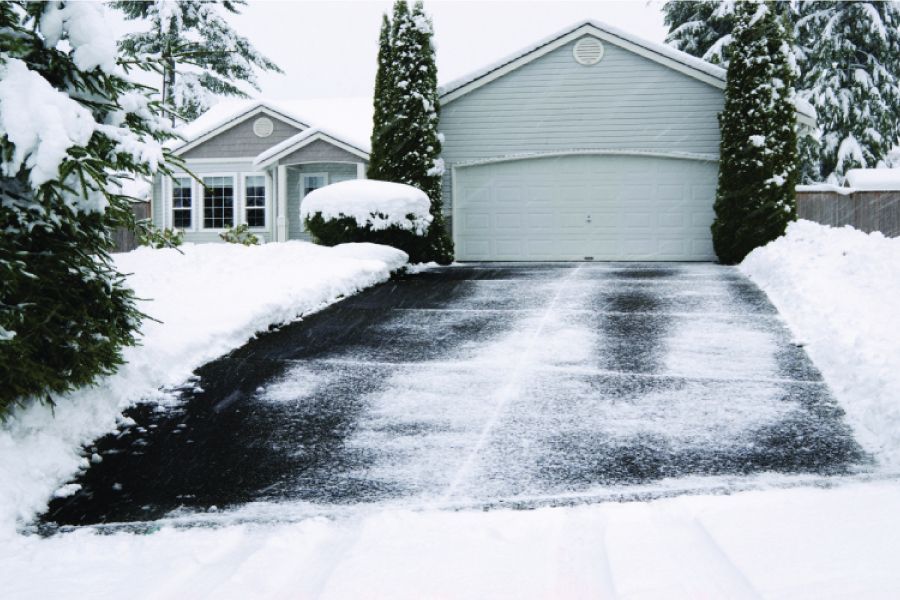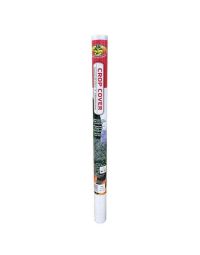As I write this, my area has had about 11 inches of heavy, wet snow and the wind is howling between 20 and 30 mph. Two of my neighbors are out there using their snowblowers right now. I think I’ll wait... although I feel guilty.
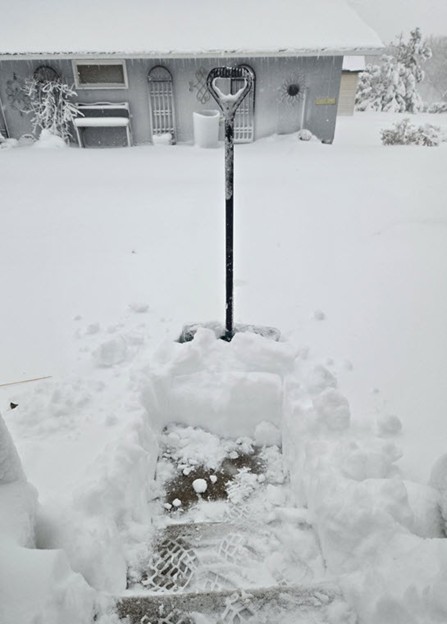

My beloved Hackberry is in danger with this heavy stuff. I tried taking a photo but it’s hard to grasp the damage with our current gray and white landscape!
So where am I going with this ‘Scoop? Our “average” last frost date for Spring has been May 15th in zone 4 for a long time, but according to Dr. Mark Seeley, University of Minnesota professor emeritus and meteorologist, he reported in 2021 that we can expect new normals, adding that in the last 20 years, April 20th was the average date for the last frost in zone 4!
That may be the natural order of how our planet works but the truth is humans have accelerated the process even as we work to lessen our carbon footprint. From the University of Minnesota: Observations show we are already experiencing the impacts of climate change across the state and we expect more changes in the coming years. In fact, Minnesota's average annual temperature has increased nearly 3°F since the late 1800's. Climate science research suggests that the state will continue to get warmer and wetter, with more extreme events driving changes across the state and greater Midwest region. Observations show that our winters are warming dramatically and that spring is arriving up to two weeks earlier than in the early 1900's. These changes alter the places where we live, work and recreate.
While 3 degrees doesn’t seem like much, it’s having a huge impact on forestry (part of which is flooding which uproots trees) and, as noted, our last frost date has moved up by more than 3 weeks. That’s a lot. The late “winter” snow we have doesn’t last long but can have a lasting impact if we plant too early.
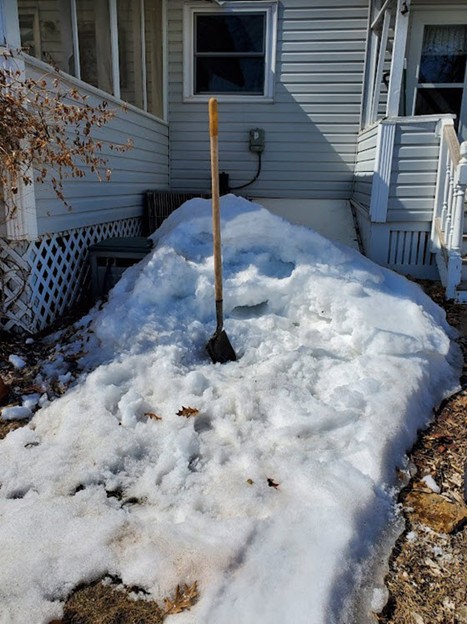

I know, I know, I sound all doom & gloom. But here’s why, I don’t want you going out there and planting your tomatoes on April 20th! There are a few reasons for that. In particular, tomatoes and peppers are a warm season crop, meaning that the soil temperature needs to be 65 to 70 degrees. Cold season vegetables include all the brassicas aka cole crops. (that is not a spelling error, it really is c-o-l-e) These can be planted much earlier. Use a soil temperature gauge for accuracy.
Another “issue” to measure in March weather is moisture. If the soil in the area you’re planning to plant is wet, you can end up compacting the soil, turning it into dirt clods. You can compact wet soil simply by walking on it, let alone digging or raking. You can also injure any early plants that may be sprouting up. Soil health is of the utmost importance as it feeds and holds the roots.
To summarize:
• Know whether the vegetables you’re planting are warm or cool season
• Check that the soil isn’t wet
• Check the coming forecast
• If you have planted and the weather turns, then have a plan to cover those crops when the temps warrant it.
The caveats:
• Planting bare root fruit, shrubs and trees – the soil must be workable (not wet). Bare root plants prefer cool roots and are generally cheaper too. Learn more on planting bare root.
• Planting perennials, shrubs and trees can begin shortly after the soil has thawed and is workable. When nurseries such as Gertens have them on the lot, it’s GO TIME. Unless your soil is still wet!
Gardening is a long-game where Mother Nature rules. So, relax and take a nature walk!
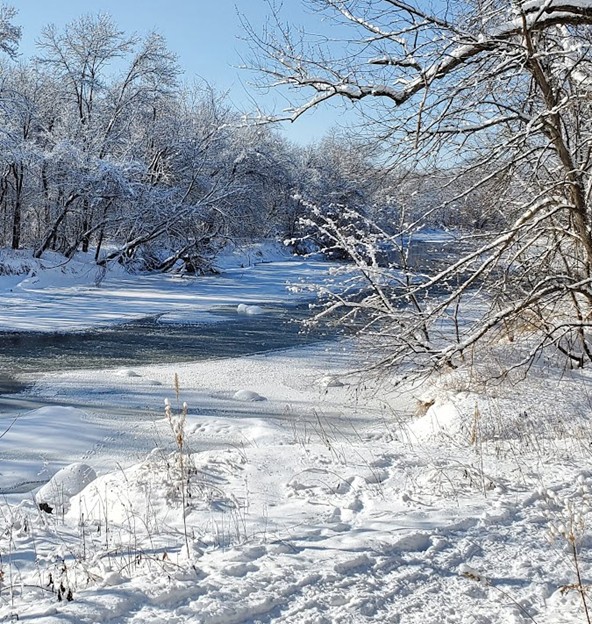

Embracing Mother Nature,
The Garden Scoop

